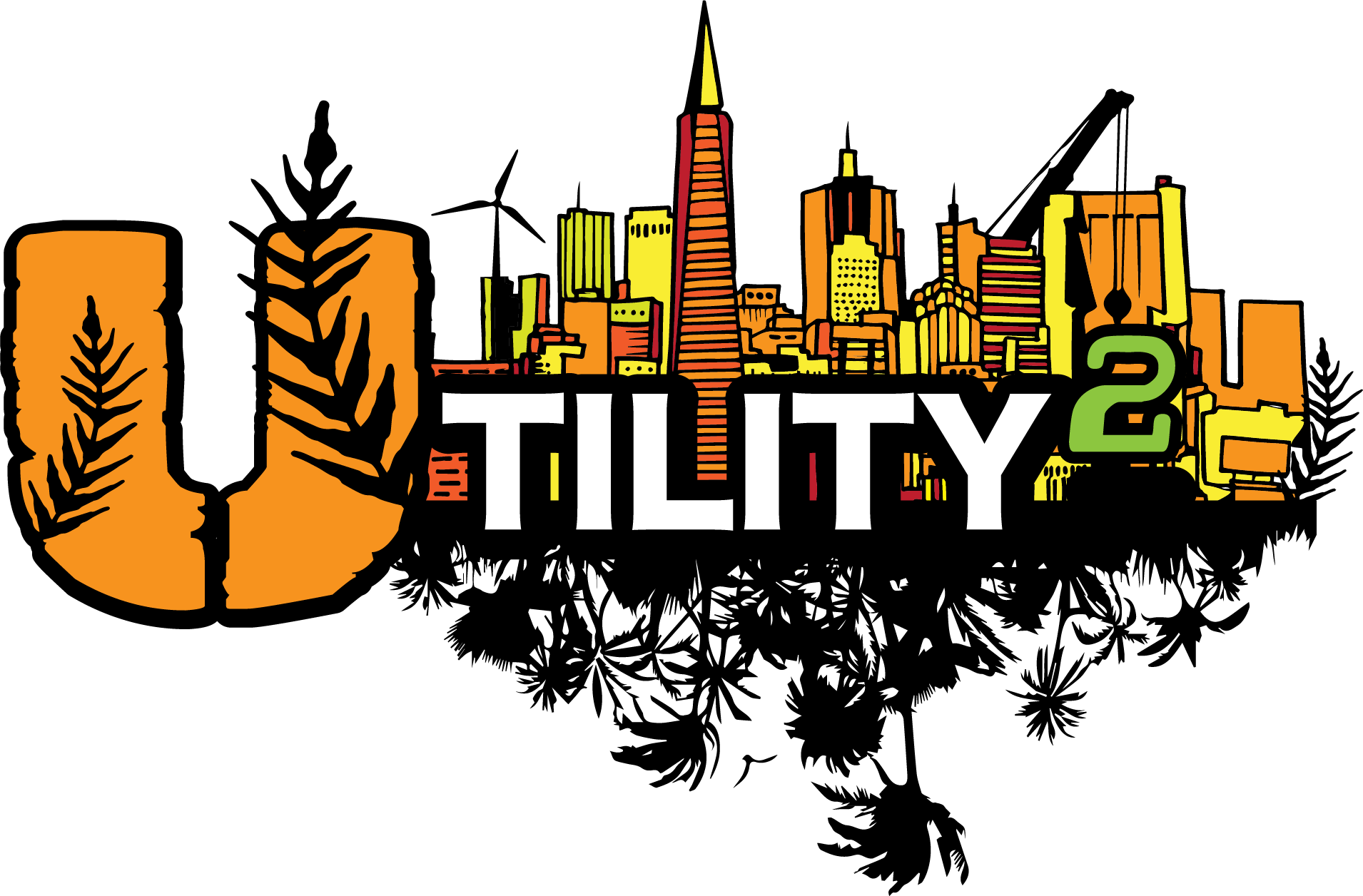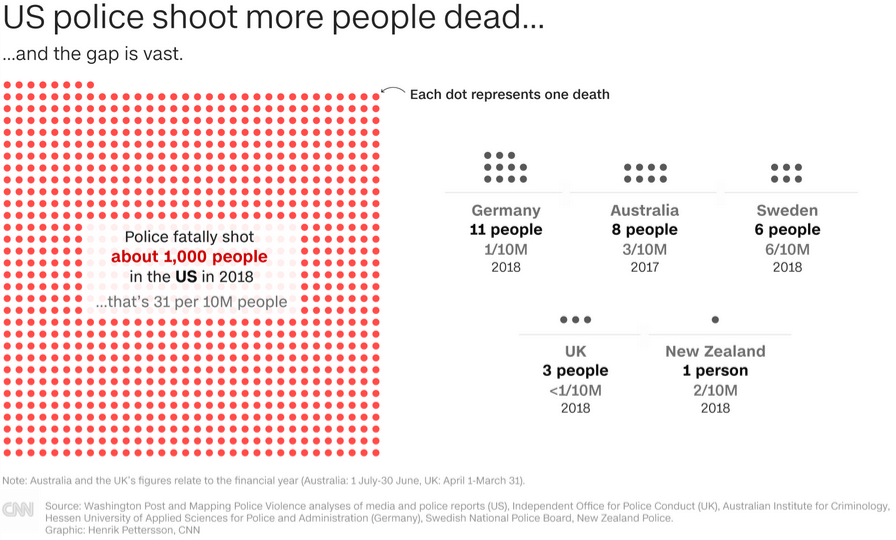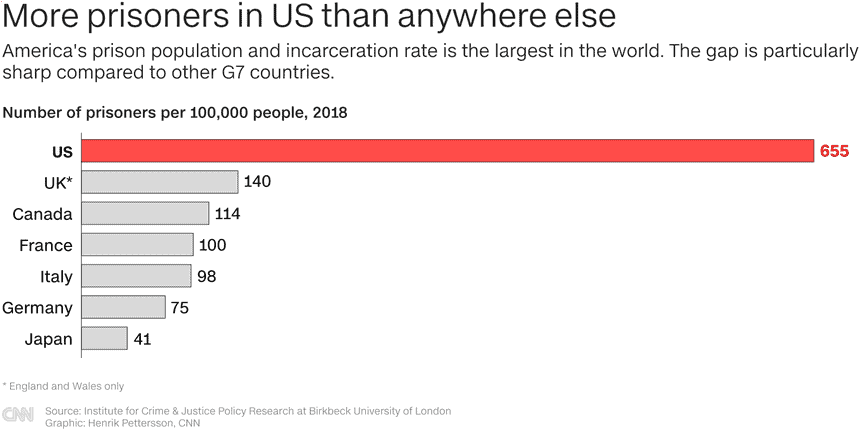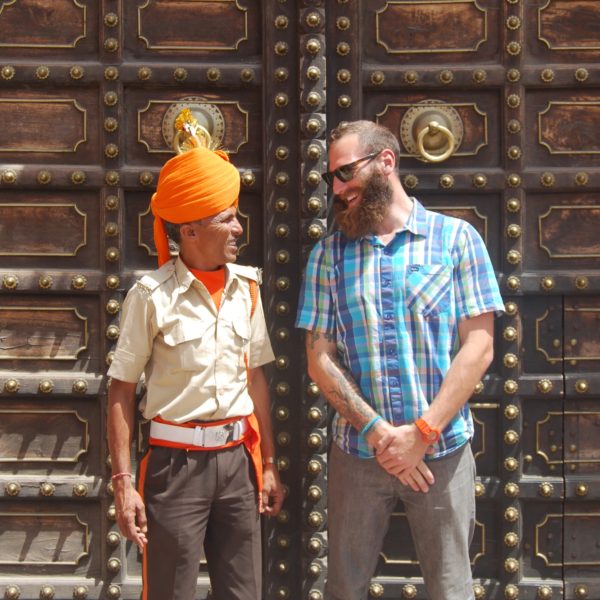As an advocate for sustainable infrastructure and equitable development, the resurgent tide calling for systematic change throughout the US has been a welcomed addition to COVID-laced headlines. However, it saddens me that the wave’s driving force is tragedy; centuries worth of calculated, systemic injustice, propagated by multi-tier failures in leadership, indiscriminate of political affiliation. With recent events in Seattle and nationwide, I find myself paralyzed in dismay – observing, questioning, and wondering how to be a better ally. Not only to indigenous peoples and communities of color, whom have persevered through discrimination foreign to myself, but a progressive force for Humanity… Just prior to closing out my project and moto’ing off to a campsite north of Klamath Falls, it happened. I realized one way to exercise my privilege to further the cause. After an hour-long, engaging conversation with a conservative-leaning client, it became obvious on that ride north we must have a new conversation. About this whole ‘Reform Taboo‘…
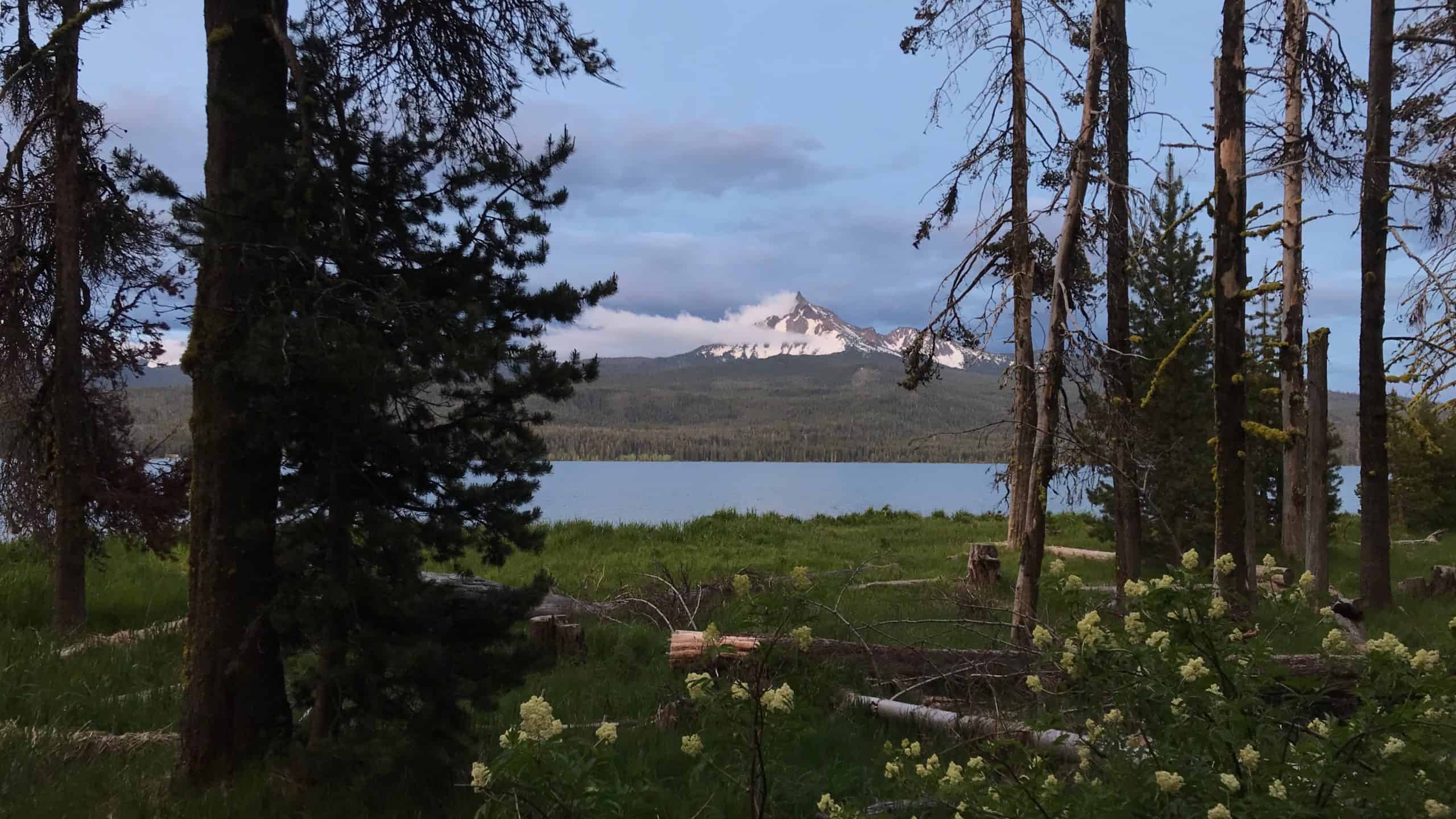
Let’s Compare Industry Sectors
Before diving into controversial discussion, we can all agree on two things, 1) the vague blanket-terms “policing” & “engineering” compartmentalizes rather large industries, and 2) both of these job sectors exist to keep us safe and maintain a healthy social ecosystem. In 2017, the US Civil Engineering Industry (planning & design, construction, and maintenance) represented a $1.195 trillion market size! How about Policing? Law Enforcement? The Justice System? Keep in mind this job sector encompasses all three branches of government at federal, state, and local levels! The FY2021 budget request for the Justice Department includes $31.7 billion, part of increased funding strategy alongside the Department of Homeland Security and the DoD. However, this continued shift has been at the expense of defunding various Departments & numerous social programs (hence the use of ‘defund the police’). Staying relevant to the recent, incredibly tragic wildfire events, budget cuts have often included The US Forest Service (yes, we know they mismanaged forest fire abatement, as they have acknowledged decades ago, and been remediating since!). But this is only at the Federal level – most large cities spend upwards of 30% to 50% of their entire budget on policing alone; states spend anywhere from 4-10% on public safety – when its all said and done, Law Enforcement exceeds a 100 billion dollar industry. Things tend to get murky though, as the DoD often supplies LE jurisdictions with resources and equipment, better suited for the battlefield than our neighborhoods. And let’s not forget the growing private security industry, valued over $35 billion in 2018…
The bottom line: if you are not vaguely familiar with the US Budget and its history, change that. It is truly a backdrop to calls for, and the taboo of, Police Reform.
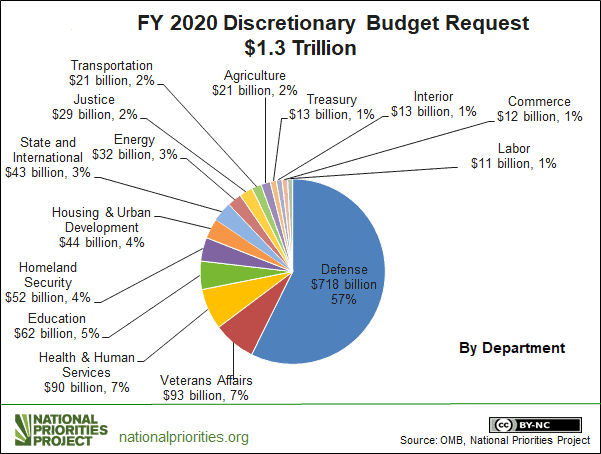
Budget cuts proposed by the Trump Administration span across the board for 2020, including -12% for Dept. of Education, -16.4% to Housing & Urban Development, and a -31.2% to the EPA; tax payer dollars reallocated to provide the additional funds to +7.4% Homeland Security (while ‘questionably’ cutting State/International Programs by -23.3%) and +4.9% DoD (+$33 Billion more alone!).

Curious about the history of our national budgets?
Here’s an excellent informational…
Back to the ‘engineering industry’, tasked to design robust infrastructure or mitigate inadequacies to create public, industrial, commercial, & residential projects, improving transportation, connect communities, while simultaneously enhancing economic opportunity & environmental health. This work often has a mixed bag of public & private funding, with larger infrastructure projects encompassing numerous, diverse stakeholders. Efforts can be challenging as they are carefully regulated, permitted, requiring the workforce (sometimes unionized) to be genuinely trained/credentialed, with cross-discipline polymaths rare among the herd. No matter the magnitude of scope, we acknowledge our industry is only one part of the complex Modernity equation, dependent upon societal infrastructure. However, political sportsball & partisanship, with ‘misguided’ policy and budgetary allocations under recent Federal leadership, has led to a riptide of progress, slowing innovation and dwindling many critical wrap-around social programs. These factors negate many of our engineering efforts – it makes passionate engineers like myself angry. Frustrated. And how we view this tide shapes our perspective…
Meanwhile, the ‘policing industry’ with the Justice Department and statewide Law Enforcement agencies are tasked with keeping the Modernity equation balanced and orderly. This is complicated. And there are also numerous stakeholders, most powerful are police unions (and prison guard unions, bail bonds lobbyists), resistant to external critique, often found protecting the ‘bad apples’, and demanding increased funding amidst 20-year low crime rates. Although property crime is trending positive (evidence of economic inequality & disparity), science and statistical data has proven the need to reform to our Justice System to tackle to lingering issues of violence – most notoriously by young offenders. Reform like enhanced officer training, decriminalizing addiction, alternatives to prison for non-violent offenses, and increased budgets for community/social programs to further curb systemic crime. Interestingly enough, we still hear about ‘insufficient funds’ to provide additional training, or ‘inadequate resources’ to recruit a better suited workforce. Where does that ever-increasing money go to?? Pensions, weapons, tactical gear & technologies, refreshed vehicle fleets? Speaking of weapons, gun violence has tainted the United States for decades – homicide rates which rank highest among developed countries…and although domestic crime rates are lower than the Worlds worst offenders, we still have 5 cities in the top 50 highest homicide rates. Two key statistics the US undoubtedly excels at is 1) the number of people shot dead by police (or die while in police custody) and 2) rates of incarceration and our prison population (nearly 2.2 million in 2016!). All ‘feelings’ aside, what do plain statistics say about our way of ‘Justice’ ? Or maybe we should “Follow the money”?
And while the mainstream focuses on click-bate hot stories to keep us paranoid about our neighbors, most of the largest crimes have been in the name of white-collar greed, not murder! Yes, property crimes. But not the ones nightly news broadcasts, like burglary, car theft, break-ins, (riots/looting); I’m talking about crimes committed by the Elite – tax evasion. As ‘regular criminals’, disproportionately people of color and those of low-income, find their faces in the media and COPS, tax fraud is estimated to cost our government more than $450 billion in lost revenues annually…And if for some reason you are still in doubt, check out the Panama Papers which identified numerous politicians, themselves caught up in scandal, including our own ‘president’ and his corrupt cronies! Don’t forget the pivot to digital crimes, scams which cost grandmas & families millions each year. However, it remains that people of color, having low income, suffering from mental illness or substance abuse make up the vast majority of prison population.
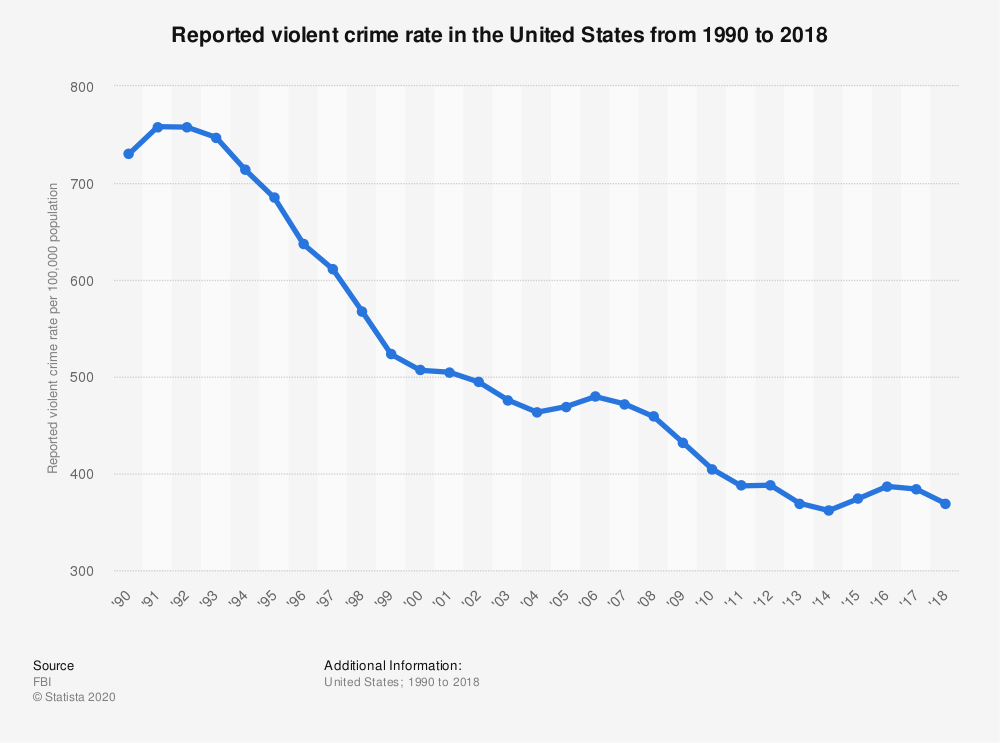
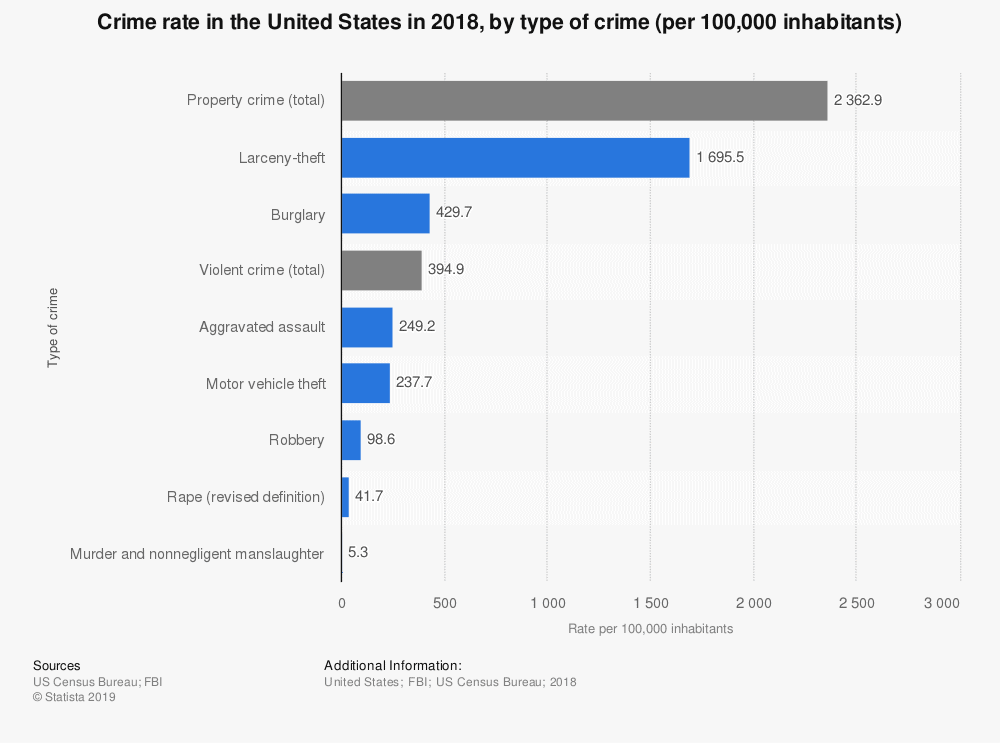
Simply put, we as a society have been fed a false narrative:
Crime is getting worse and we need police and law enforcement to fix the problem – oh, and lots of prisons to keep these criminals away from our families. The truth is that strong arm law enforcement has plateaued in effectiveness, necessitating systemic changes in economic strategy; funding social programs, focusing on education, opportunity, and building resilient infrastructure…
[enter the multi-generational demand for reform]
How Industry Reform is Perceived…Differently!
There’s been tremendous backlash against BLM and the “DEFUND POLICE” movement, with much of white America taking this as a personal attack on police officers and sacred patriotism. To be frank, the movement is more effectively communicated as #policereform; shifting funding from militarized equipment and tactical training programs, towards de-escalation tactics, diversifying response teams, and building community programs (education, mental health, opportunity). Yet, it seems no number of ‘industry failures’ – documented injustices, lives taken, and families devastated by LE & the Justice system – is enough evidence to get Americans at large on board. Well, as it turns out, we’ve found an oddity here: a resistance towards equitable progress, stemming from LE and military Reform Taboo.
So I ask, “Does the same taboo for criticizing engineers and designers exist?”
Has there been nationwide, concerted pushback from the engineering industry when people criticize an infrastructure failure? Do engineering firms resist to the point of stagnation when updated codes are rolled out, or new regulations proposed/enforced? Do I, as an engineer-scientist, show resentment towards those who seek design improvements or innovative technologies? Things we need if we are to surmount #anthropogenicclimatechange…or say, systemic racism?
Do I say “well most engineers are great people! Nevermind the inadequate concrete quality or substandard traffic growth analysis; the West Seattle Bridge would have never failed if people didn’t drive to work, get stuck in traffic, and overload the bridge…”
Do we engineering professionals use the excuses, “it was a one-time failure! media blew it way out of proportion, families were hardly affected by the deaths of those people.” Or worse, “the failure deserved to happen…the environment wasn’t obeying the engineers!”
WE DON’T DO ANY OF THOSE THINGS.
And yet, incidents like the So Cal Gas #porterranch natural gas leak proves regulations and design safety standards are still far from adequate, thus requiring continuous advocacy for policy reform!
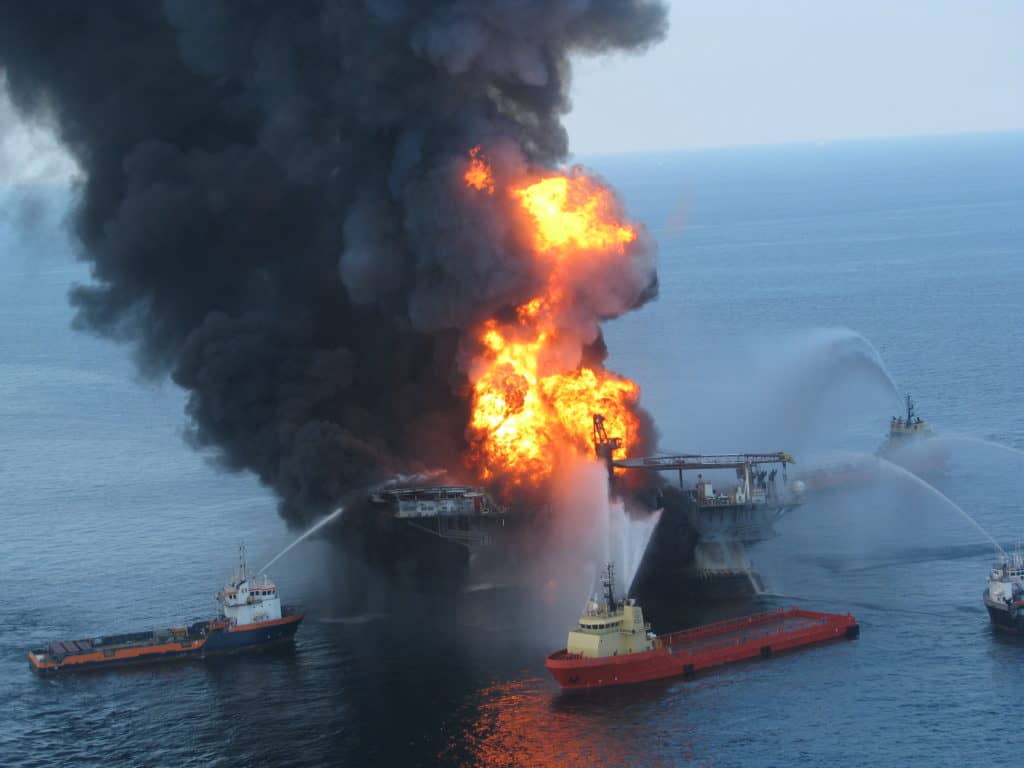

We as engineers, scientists, and U2 (the community!) diagnose the root cause of failures, ensure those designing have the proper credentials & training, complete a thorough review process, bolster regulations, and build better infrastructure to prevent future incidents. Incidents like the Louisville Metro police erroneously breaking into an apartment in the middle of the night to murder someone in their home; or a group of Oakland PD officers engaged in human trafficking and child prostitution…you know, bad apple types!
In terms of the ‘engineering industry’, we all humbly recognize the massive socioeconomic cost implications to inadequate design or unsustainable development strategies and seek constant improvement. Sure, there are some that defend the engineering industry’s failures, stating the fixes would have been too expensive or not possible…but let’s be honest – most of them are corporate figureheads, elitist financial stakeholders, or simply uninformed (to put it mildly).
So why all the hesitation on the behalf of police reform from so many groups of people? Why haven’t we acknowledged the taxpayer burden of civil lawsuits caused by police misconduct? It could be that many sects of our society have become so comfortable with feelings of safety the police force provides – the hard work of good men and women – that they are willing to ignore injustices unto others…the equally many which have had their calls for safety left unanswered. Countless US citizens which have predominately faced hardship, or worse, at the hands of law enforcement. Why does the latter hold such disdain for BLM and those who want a better way of keeping their communities safe??
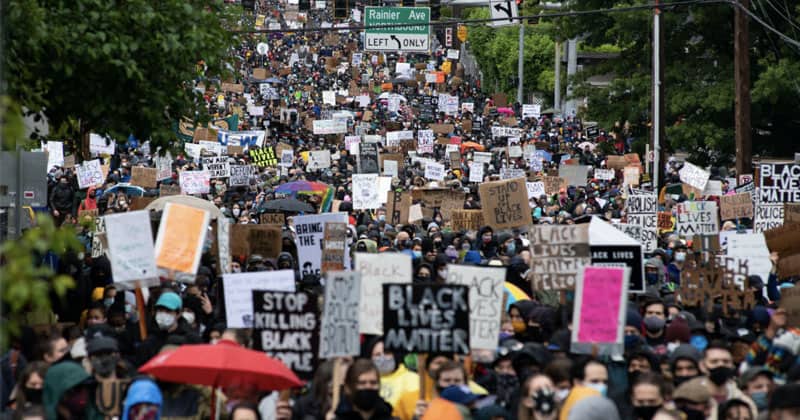
We must consider the possibility that Law Enforcement has not been heading the concerns of its citizens, and that policy has overlooked decades of statistics & guidance by thousands of social/economic scientists!
Let’s use the lens of history…
The police force is much more novel than one would think, having its ‘official’ roots during the Prohibition Era – something most of us look back on as a complete failure to change social behaviors through punishment. But many people may not realize that the first policing forces were privatized security groups established to protect the interests of businessmen and wealthy elite (well…and to keep slaves from running away). Keeping the conversation within more recent context, privatized police were critical in crushing the rise of labor unions and the fight for more humane working conditions in the early manufacturing industry (oh, the irony). The Pinkerton Agency (now subsidiary of Securitas AB) was hired by numerous early industrialists to infiltrate unions, undermine the efforts to organize labor, and even used to intimidate workers. One of the most notorious incidents was the Homestead Strike leading to a violent confrontation between Pinkterton security forces and steelworkers striking due to incredibly dangerous working conditions. These methods, often state-supported, delayed progressive labor reforms for decades. One could easily argue, like Marx did, that US capitalism as we know it was facilitated by the elite controlling its workforce – most importantly, the cost of labor – through police force. Of course, having a government more focused on economic growth and superiority, than labor conditions and social well-being of the working class didn’t help either.
Much has changed since the rise of mass-produced goods in the late nineteenth century, the misguided attempts at social conformity of the 1920’s, post-WWII prominence of US power & patriotism, the fears of domestic communist take-over during the Cold War era, and the expensive failed wars on drugs from the 80’s till present. But one thing has not changed; the method of policing through brute force and intimidation, attempting to control human behavior. And with the incredibly powerful tools & statistics social science has provided, we now know this method to be unquestionably ineffective. Clearly, criminals have simply found new methods…Remember that the trillions stolen/embezzled/hidden by the rich and many of our ‘leaders’ could’ve been redirected towards educational & social programs the BLM movement and advocates like myself have been demanding!
Why do so many people continue defending a failed strategy from a publicly-funded industry?
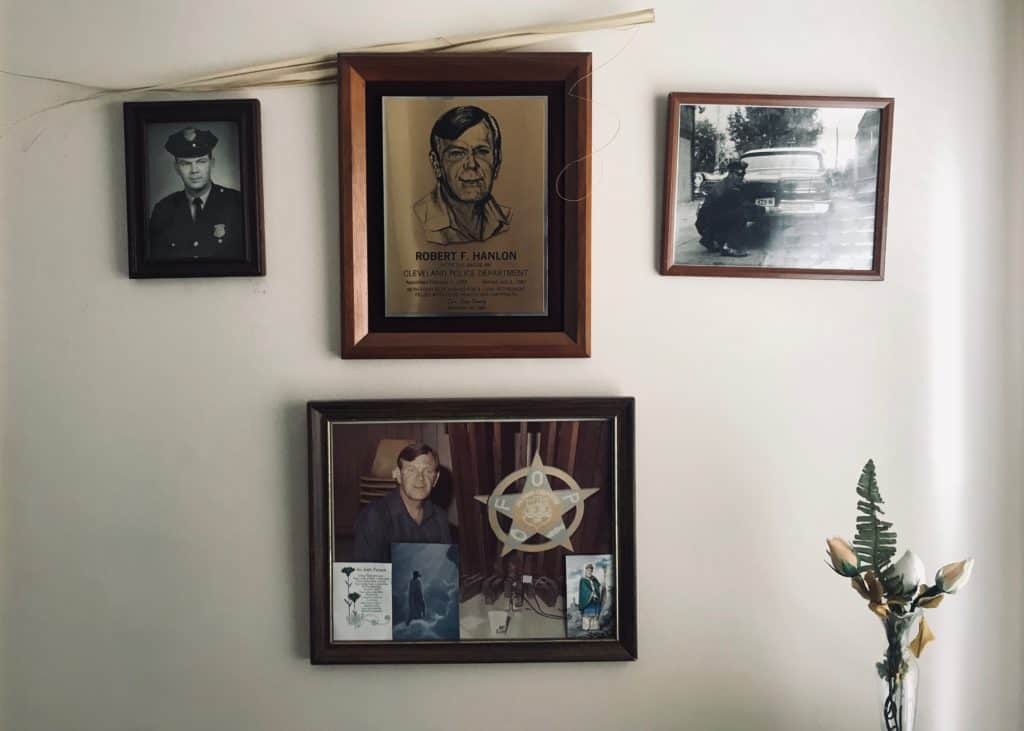
Community and Equity Pave the Way for Progress
The #BlackLivesMatter protests do not say every cop is a bad person – nor have they ever said to eliminate the police force entirely. After all, each and every cop is working within their jurisdiction’s framework, policy, and budget allocations. This is similar to engineers following their employer’s design process…although we must also abide numerous codes & regulations (local, state, federal), maintain professional licensing requirements, and most importantly adhere to the Engineer’s Code of Ethics. The engineering industry has adopted reform to make our modern way of life much more safer…isn’t it time the law enforcement industry performs its own self-assessment?
We have all been told to respect law enforcement and the police. But the ‘we’ has often excluded minority groups, low-income communities, or those suffering from mental illness. Millions of US citizens who have had a dramatically different experience, facing discrimination, hardship, or worse, at the hands of law enforcement. Why hold such disdain for BLM and those who want a better way of keeping their communities safe?? Please don’t say “because that 7-11 was looted!”…
The recent protests are calling for systemic changes. And by recent, I refer to the last 50+ years of activism towards social equity and environmental justice. Do yourself a favor and check out this historic clip on the riots related to systemic racism and inequality in 1968, where 30-year old father of two, Charley, one of Newark’s employed ‘ghetto dwellers’ states:
The Riot Commission Report hasn’t changed anything; it’s the riots that did the changing. Ya know, because the people man, like I say, you can’t live on promises. If I go to you and say, “well look man, I’m hungry, I need this, we need that.” And you tell me, “OK, I can dig your situation. I sympathize with you, but just lay and be cool!”. This goes on for awhile, but man, this aint where its at! Pretty soon, I need to take some action to let you know that I’m not jiving, that I’m hungry!
We must remember that civic demonstrations, protests, riots and looting are all symptoms of inadequate policy & failed leadership. THIS IS NOT A NEW PROBLEM.
So I find myself asking…
After all, had engineers and scientists continued to work at the will of The System, built by white business elitists, never questioning necessary progress and reform, we would still be ignoring the signs of anthropogenic climate change and burning the prehistoric remnants of living carbon-based organisms to boil water and produce electricity…
(reminder, we are still burning sequestered carbon to boil water)
Thanks for reading, and please lend your thoughts! Here are some excellent sources remain knowledgeable advocates for equitable change and public servant accountability:
South Seattle Emerald amplifying the authentic narratives of South Seattle.
The Urbanist examining and influencing urban policies.
Serial: Season 3 inside the Cleveland Justice System, my hometown!
The Prison Policy Initiative seriously next-level statistics on the Justice system…
United Nations Office on Drugs & Crime always offering a Global perspective.
Robert writes to share his experiences and observations through a lens of curiosity and questioning; why are so many places on Earth facing analogous challenges? how do we leverage nature’s regenerative mechanisms to craft more robust, equitable solutions? Utility² represents a big-picture vision in solving many shared challenges, by modernizing municipal utility services & infrastructure, while empowering community through engagement and cultural resilience in under-served, and developing regions.
